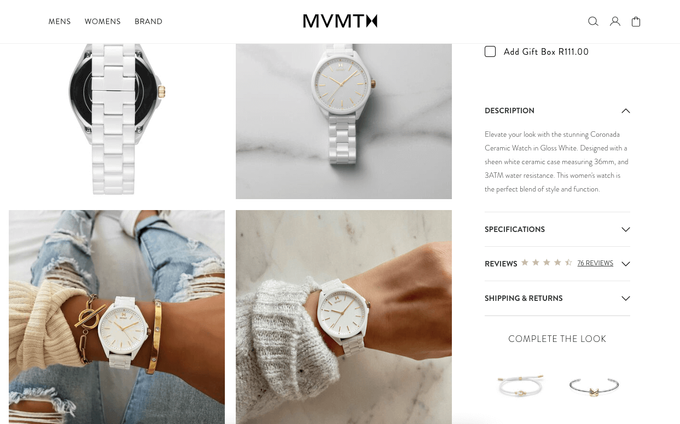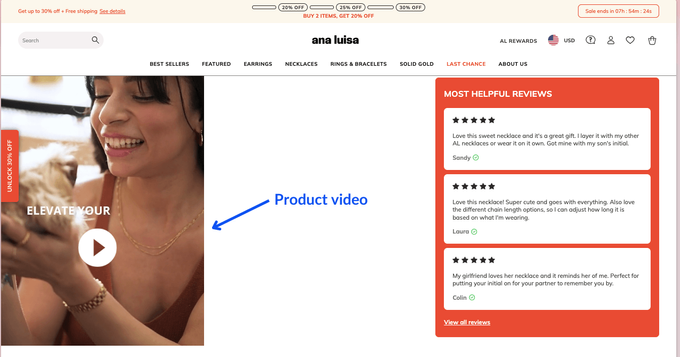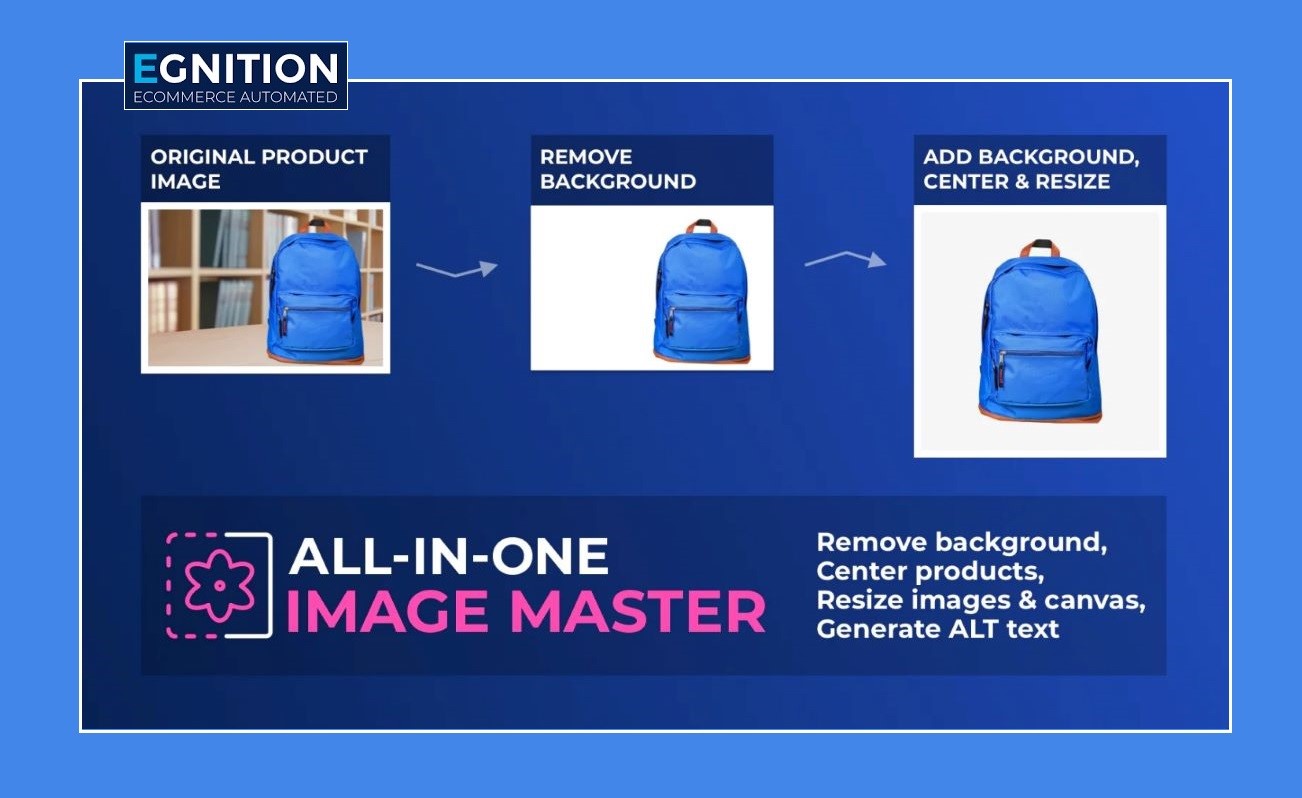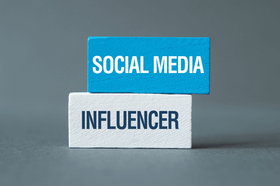Shopify Product Images vs Videos: Which Is Better for Conversion?
Visuals matter: Improve your Shopify store with strategic choices in images and video content.
Published November 14, 2023
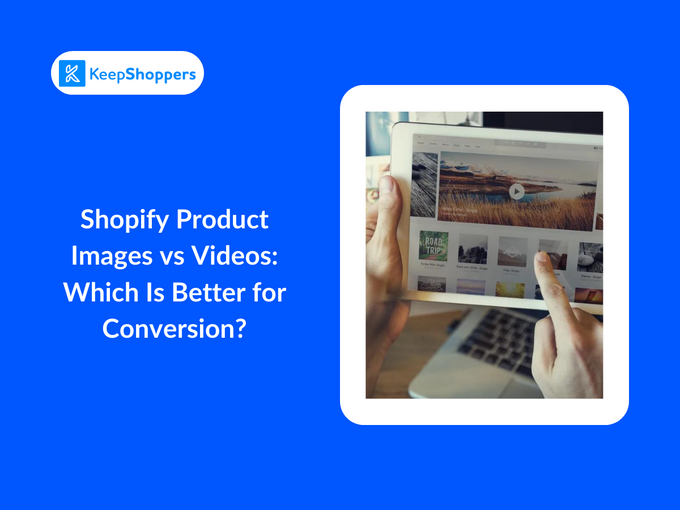
AI Summary
Customers want to see what they're buying before they click the "checkout" button, and product images are their first checkpoint. Clear, well-lit, and high-resolution images that accurately represent your products are essential for building trust and confidence with potential buyers.
Product videos can take your product images to the next level by providing customers with a more immersive and informative shopping experience. So, which is better for conversion: Shopify product images vs. videos? The best approach is to use a combination of high-quality product images and videos. Let's get into how you can do that effectively.
» Ready to boost your online store's success? Here's how to increase traffic and sales conversion on your online e-commerce store.
Meet the Expert
Courtney Sharp is a seasoned professional with over 10 years in the field, founder of her own marketing agency, and a specialist in branding and social media strategy across Europe's fashion and beauty sectors. Her profound expertise offers invaluable perspectives on how influencer marketing elevates e-commerce brand visibility.
Product Images on Shopify
High-quality product images are essential for Shopify stores. They attract and retain visitors, create strong first impressions, and give customers a thorough understanding of your products. Multiple images, including front, back, side, and detail shots, are ideal.
However, images can't provide a complete understanding of your products. Shoppers may want more details, such as how your products work or fit into their lives.
» Compare Robin Image Optimizer and All-In-One Image Master for image optimization.
Product videos on Shopify
Product videos offer an immersive experience that allows customers to see your products in action. Research shows that product videos lead to more purchase intention and 50% of people say online video has helped them decide what to purchase.
Videos are especially effective for demonstrating product features and functionality. For example, a video for a blender can show how to use the different settings and attachments, and a video for a toiletry bag can show how much space it has and how to pack it. Videos can also be helpful for clothing brands, where customers may want to see how a garment fits and moves.
One example of the success of product videos is a B2C fast fashion brand that I worked with. After introducing product videos that addressed sizing and fitting concerns, the brand saw a 0.7% increase in conversion rates and a notable 5% reduction in returns within six months. This significantly improved their overall cash flow.
The challenge with product videos is that viewers have short attention spans. Lengthy videos may cause some users to leave the page before grasping the key selling points.
» Ready to upload your media? Here's how to add a video to your Shopify store
Images or Videos: Which is Better?
The best formats for showcasing your products depend on factors like the product itself, its price, and the resources your brand has at its disposal. Images are a standard practice and I can’t think of a situation where I’d suggest using only videos and no images.
While three to five high-quality images have been the norm, videos can give your conversion rates a boost, provided you have the resources. However, creating effective videos requires investment in filming equipment, manpower, and proper lighting.
For fast moving consumer goods (FMCG) like toiletries and packaged foods, videos might not be cost-effective. If your catalog is large, with high turnover and low-value products, investing in videos might not be worthwhile.
But for consistent catalogs or higher-priced items, videos can enhance conversion rates. Websites with videos have an average conversion rate of 4.8%, compared to 2.9% for sites without videos.
How to Optimize Images for Better Conversion
To optimize your product images for better conversion rates, implement these key practices:
- Resize your images: Fit the dimensions of your website, ideally in a 1:1 format with dimensions between 1080 x 1080 pixels to 2048 x 2048 pixels.
- Choose the right file format: Use PNG or webp file formats for high quality and fast loading times.
- Compress images: If necessary, compress your images without compromising on quality.
- Optimize for SEO: Provide descriptive filenames and incorporate relevant keywords.
- Utilize image sitemaps: This ensures comprehensive visibility and better search engine rankings.
These simple steps can significantly contribute to an improved user experience and better search engine rankings. If you’re looking for an all-in-one solution, consider tools like Egnition’s All-In-One Image Master. It offers effortless image editing, SEO boost through relevant alt-texts, and ensures overall image consistency in your online store.
How to Optimize Videos for Better Conversion
For compelling product videos that drive conversions, remember these key elements.
- Lighting: Ensure good lighting for a clear view of the product.
- Resolution: Film in high resolution to avoid blurriness.
- Action-style shots: Showcase products from all angles, especially highlighting specific features.
- Size context: For example, show a phone in a human hand to provide a tangible understanding of size.
- Web optimization: Minimize video file sizes without compromising quality.
- Explanatory text or audio overlays: Consider adding these for products with complex features to enhance clarity.
Balancing Images and Videos for E-commerce Success
To determine which format—images or videos—generates more conversions, track content effectiveness. Monitor metrics like click-through rates (CTR), add to carts, drop-off rates, time spent, and click maps on catalog pages. For videos in particular, consider average playback video times, and specific drop-off rates for video content.
For accuracy, A/B test frequently. Test product listings with images and videos against listings with just images. Also, test different styles of videos—high end vs UGC style, with/without audio, with/without text overlay, and varying video lengths.
The key is finding the right balance and using each effectively. Consider investing in plugins like the All-In-One Image Master for efficient visual content creation and boosting conversions on platforms like Shopify.

